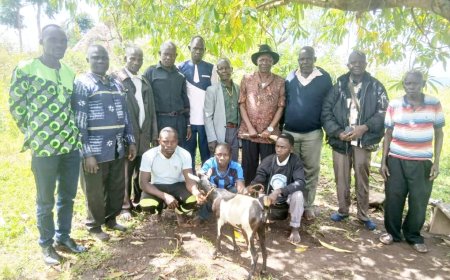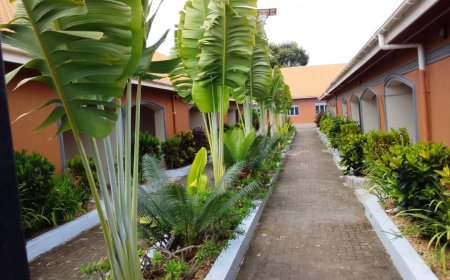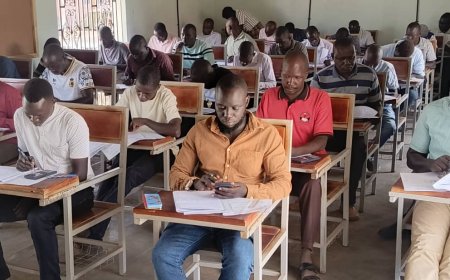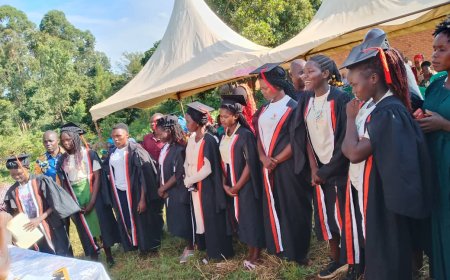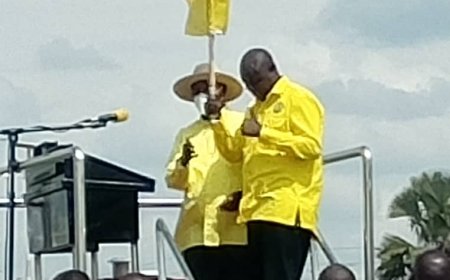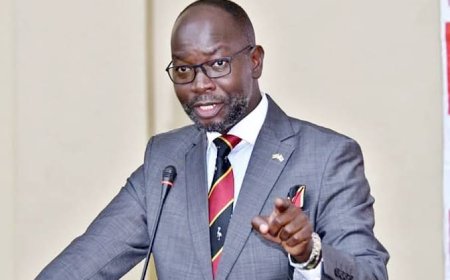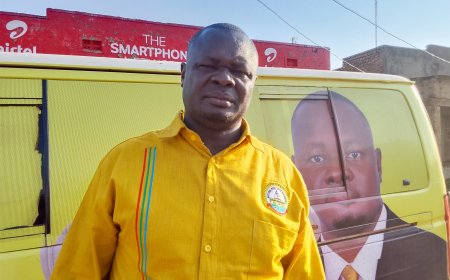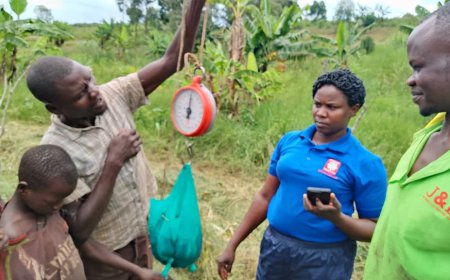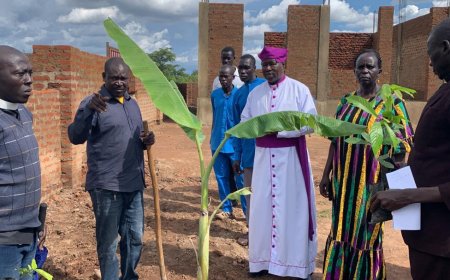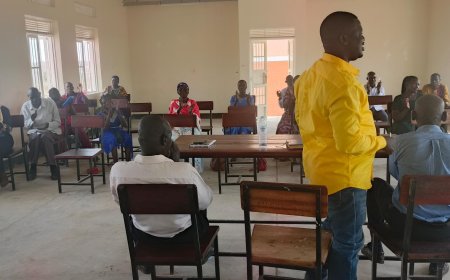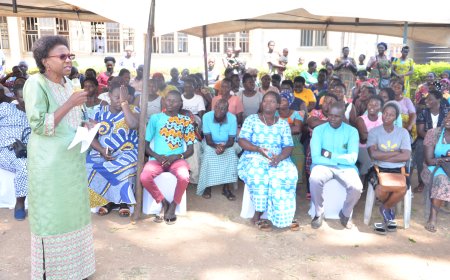Ker Kwaro Acholi Advocates for Revival of Inland Waterway Transport on River Nile

By Mike Rwothomio
Gulu City, Uganda: Ker Kwaro Acholi has called for the revitalization of inland waterway transport along the River Nile, promoting the development of navigable routes to enhance regional connectivity and economic growth.
This initiative seeks to establish the Nile as a key maritime corridor, providing a cost-effective alternative to road transport and unlocking significant marine tourism potential.
Historians note that the Nile River, stretching over 6,800 kilometers (4,000 miles) before reaching the Mediterranean Sea, has long supported irrigation, transforming arid lands into fertile agricultural zones.
Today, it remains a critical resource for millions in northeast Africa, supporting irrigation, potable water, fisheries, and hydropower.
In an exclusive interview, Martin Okumu, Deputy Prime Minister of Ker Kwaro Acholi and Chiefdom Minister for Finance, Planning, and Investment, underscored the strategic value of this initiative beyond its traditional roles in irrigation and fishing.
Speaking recently at the Alur Kingdom palace in Zombo during the historic visit of the Acholi Paramount Chief to the Alur King, Okumu emphasized that investments in maritime infrastructure—such as wharves, piers, and vessel repair yards—would generate employment and stimulate local economies.
“We must revive our inland waterway transport to strengthen trade links with neighboring regions, utilizing the Nile’s extensive navigable channels,” Okumu stated.
He added, “The British established marine services along this route. The Victoria Nile, from Lake Albert upstream, is navigable. You can transit from Nimule to Laropi, Obongi, Rhino Camp, Pakwach, Wanseko, and up to Butiaba—a viable maritime route.”
Stakeholders suggest that integrating marine transport systems could improve market access and tourism sites, fostering economic diversification.
The proposed waterway infrastructure would support passenger ferries and cargo barges, reducing reliance on overland routes, easing road congestion, and lowering freight costs.
Okumu argued, “We cannot depend solely on road or rail; we need robust marine services.”
The Nile’s scenic beauty, combined with its historical and cultural significance, positions it as a prime destination for marine tourism, including river cruises, waterfront excursions, and adventure activities like kayaking and white-water rafting.
During the recent visit of Rwoth Onen Achana II to the Alur Kingdom, His Majesty Ubimu Phillip Rauni Ularker III, the revered King of Alur, stressed the need for unified advocacy to drive strategic regional development.
Inland waterway transport is significantly more cost-effective than road transport, with vessels capable of carrying larger cargo volumes, reducing logistics costs for agricultural and manufactured goods.
Currently, water transport handles 1 million tonnes of Uganda’s freight annually—about 8% of total cargo—with potential for substantial growth through infrastructure enhancements.
Leaders say the Nile’s tourism potential is immense, with activities like river cruises, white-water rafting, and sunset boat tours thriving in Jinja, Uganda’s adventure capital.
Patricia Jane Alobo, Queen of West Nile and a fervent supporter of tourism, highlighted the economic potential of this marine transport revival.
She envisions the Nile as a tourism corridor, drawing visitors to Uganda’s natural and cultural heritage through luxury river cruises and eco-friendly vessels.
Alobo noted that such infrastructure would establish West Nile as a premier destination, boosting local commerce, artisans, and hospitality sectors.
In 2022, Uganda earned $736 million from 814,508 tourists, a figure that could surpass national park revenues with scaled-up marine tourism.
Investments in maritime infrastructure, vessel operations, shipyards, and tourism services could create thousands of jobs. Vocational training in maritime skills, such as marine engineering and cruise management, would further enhance employment prospects.
The Nile’s navigable routes link Uganda to South Sudan and beyond, fostering cross-border trade and tourism within the East African Community. Lake Victoria, a key hub, supports a basin population of 40 million and a shared GDP of $30 billion, highlighting the economic importance of marine transport networks.
Uganda’s tourism sector contributed 7.75% to GDP and 6.7% to national employment in 2018, with marine-based activities in Jinja and Lake Victoria playing an increasing role.
According to the Transport ministry, Currently, only 1 million tonnes of Uganda’s freight uses inland waterways, but with infrastructure investment, this could rival road transport, which handles 95% of cargo.
By prioritizing maritime transport development, Uganda can harness the River Nile to drive economic growth, enhance tourism, and position itself as a leader in inland waterway transport in East Africa.
Historically, the River Nile has been a vital maritime route for millennia, with evidence of vessels navigating its waters dating back 3,000 years, according to historians.
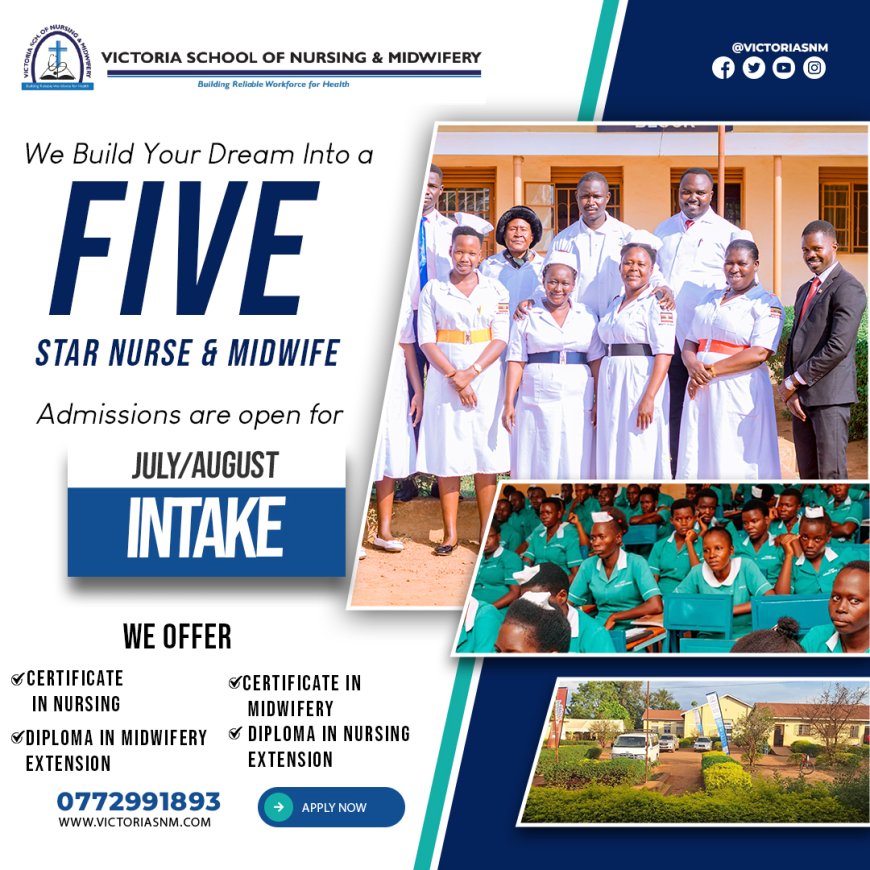
What's Your Reaction?








